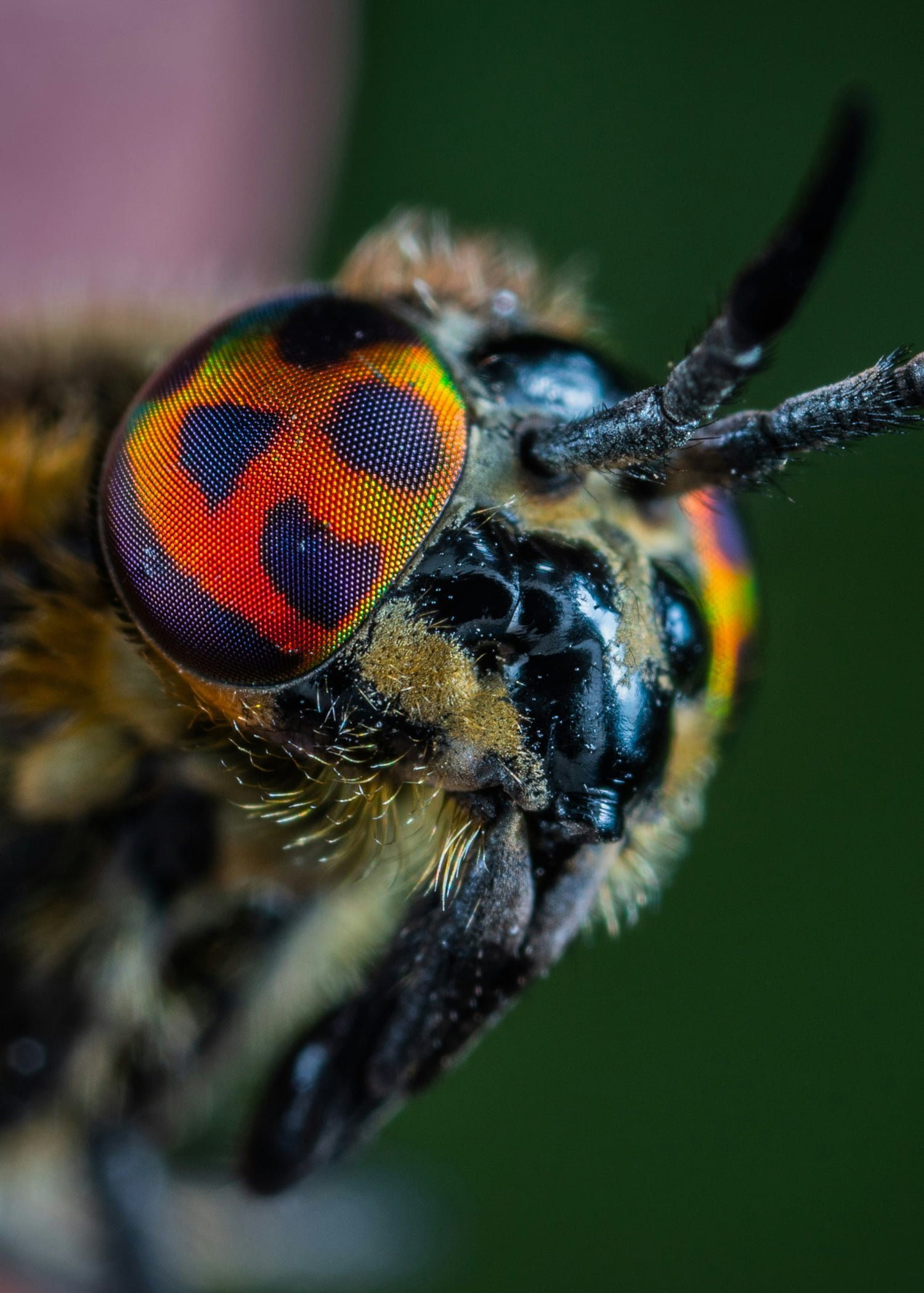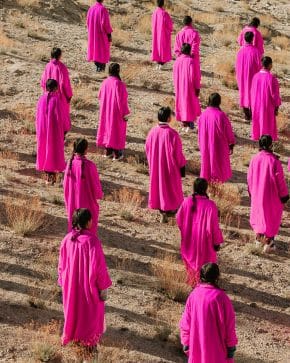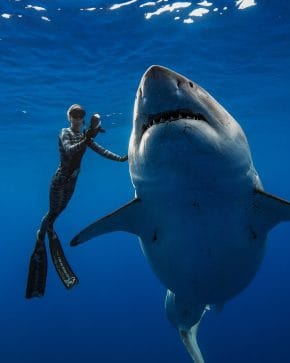What is biodiversity and why is it important?
Photo: Егор Камелев / Unsplash

What is biodiversity?
Biodiversity simply refers to the variety of plants, animals and microorganisms that live somewhere. Picture a rainforest buzzing with life. This is one of the most biodiverse places on Earth.
At the other end of the biodiversity scale from rainforests are agricultural fields that grow just one type of crop (that’s called monoculture), sprayed with pesticides to keep insects away. No biodiversity at all.
Biodiversity might sound sciency and complicated, but don’t glaze over when you hear it – it’s super important.
What is the importance of biodiversity in relation to ecosystems?
Biodiversity influences many aspects of our daily lives, often in ways we don’t realize. It’s what sustains the ecosystems that we rely on for the food we eat and the air we breathe. For example, we need healthy insect populations to pollinate our crops. Roughly three quarters of the crops grown in the world wouldn’t give a full harvest without being pollinated. Some would produce nothing at all.
But biodiversity doesn’t only benefit humans, of course. A good way to think about the importance of biodiversity is as a crucial component of Earth’s life support system, which maintains balance and resilience against environmental changes.

What is the definition of a biodiversity hotspot?
Areas with high levels of biodiversity are called biodiversity hotspots. These include parts of Mexico, Brazil, South Africa and Madagascar.
Tropical rainforests are known for their extraordinary variety of plant and animal species. Coral reefs are another example of a biodiversity hotspot, where an array of marine life thrives. But even small gardens can be biodiverse, with their mix of flowers, insects and birds.
Biodiversity hotspot map
Do you want to know where you can find the largest biodiverse hotspots? National Geographic greated a cool biodiversity hotspot map that points them out for you.
Which threats exist to biodiversity?
Earth’s biodiversity is so rich that millions of species haven’t even been discovered yet. At the same time, thousands of species face extinction due to human activities. Pollution, habitat destruction and climate change are all threats to biodiversity. Biodiversity loss can disrupt ecosystems and the essential services they provide.
What is the single greatest threat to biodiversity?
Unfortunately the single greatest threat to biodiversity is, as you may have expected, is habitat destruction, primarily caused by human activities. These include deforestation, urbanization and expansion of agricultural land. When habitats in biodiverse ecosystems are disturbed or even destructed, it can lead not only to the loss of those unique ecosystems but also endanger the various species that live there or even lead to extinction in the worst case. Natural habitats can become fragmented or even completely eradicated, forcing species that once thrived there to migrate or adapt to these new circumstances. It can also lead to disruption of ecological balances, which can lead to further environmental degradation and loss of biodiversity.
Other significant threats include climate change, pollution, overexploitation of resources, and invasive species. Climate change alters temperature and precipitation patterns, affecting species’ breeding, feeding, and migration patterns. Pollution, especially plastic pollution in oceans and chemical pollutants in soil and water, can be lethal to wildlife. Overexploitation, such as overfishing and hunting, directly reduces species populations. Invasive species can outcompete native species for resources, sometimes leading to the native species’ decline or extinction.
Biodiversity conservation
To conserve biodiversity, we must learn to work with nature, not against it. This includes sustainable agriculture, protecting natural habitats and reducing our ecological footprint.
If that sounds daunting, there are loads of easy things we can all do, says Dave Goulson, scientist and insect lover. “Plant wildflowers in your garden, make a bee hotel, make a little pond in the garden – a few simple things in the garden can attract thousands of species of insects. If you don’t have a garden, a window box with some flowers in it is better than nothing. Do one thing, then another thing. Anything.”
How is biodiversity measured?
Biodiversity can be measured through various methods. Every methods provides different types of insights, into the complexity and richness of the lives in ecosystems. Biodiversity is generally measured on the following aspects:
- Species richness: how many species live in a certain ecosystem?
- The so-called Shannon index: this index is used as a way to measure how many different kinds of species there are in an ecosystem, but also takes into account how evenly spread out they are. So it also takes into account if species are well represented throughout the ecosystem, not just how many there are in total
- The Simpson’s Diversity Index: this index emphasizes the dominance or rarity of certain species in ecosystems
What is the most biodiverse country in the world?
There seems to be no doubt in the fact that Brazil is the most biodiverse country in the world. Other countries with a high biodiversity include:
- Colombia: Colombia has its unique Andean ecosystems
- Indonesia, which spans a complex array of islands, each with their own unique habitats
- Madagascar, a big island with a high percentage of endemic species
- Australia, known for the distinct ecosystems such as the Great Barrier Reef and arid outback
We need your help

Your support helps us keep doing what we do: telling solutions-based stories that inspire action, while staying ad-free. With a monthly donation of €10 or more, you’ll receive our annual magazine for free, and also a set of beautiful postcards and a pin, to welcome you to our community.
Donate what you can
Become a supporter






